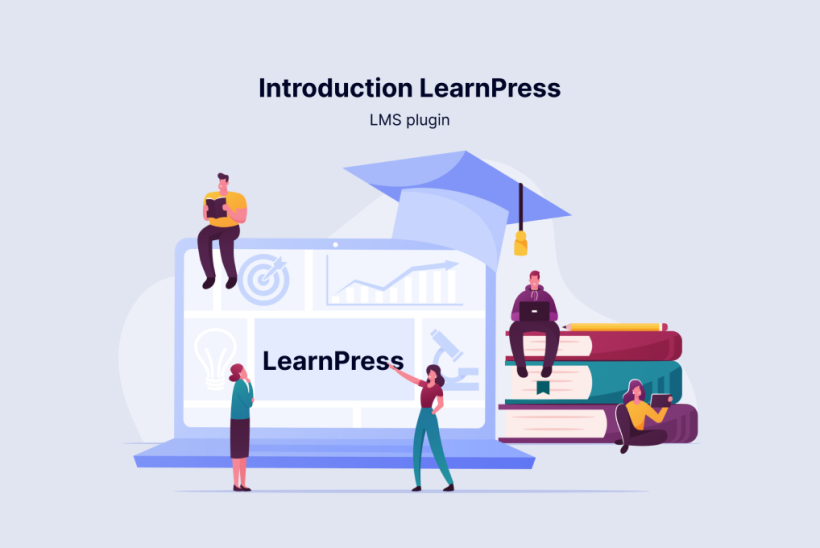Master Adobe Photoshop CC 2024 without any previous knowledge. Learn the newest AI tricks to get fast results like a pro
What you’ll learn
- Automate tasks on their computer by writing simple Python programs.
- Programmatically generate and update Excel spreadsheets.
- Crawl web sites and pull information from online sources.
- Use Python’s debugging tools to quickly figure out bugs in your code.
- Write programs that can do text pattern recognition with “regular expressions”
- Parse PDFs and Word documents.
- Write programs that send out email notifications.
- Programmatically control the mouse and keyboard to click and type for you.
This course is a detailed and easy tutorial to get you all setup and going with the use of LearnPress LMS Plugin. It is a free and simple plugin to help you create an Online Courses Website step by step. The tutorial guides you through the configuration of the plugin, creation of Courses, Lessons, Quizzes, and finally guides you on how to boost up your Website with Premium LearnPress Add-ons brought to you by ThimPress (creator of LearnPress). It also shows how you could configure additional items like the course layouts and featured images …

A series of Videos from ThimPress, give you a detailed tutorial to create an LMS Website with LearnPress – LMS & Education WordPress Plugin.
wikimaster
- Course Management
- Communication and Collaboration
- User-Friendly Interface
- Educational Institutions
- Businesses and Organization
- Individual Learners
- User-Friendly Interface
- Robust Course Management Capabilities
- Effective Communication and Collaboration

Get unlimited access to all learning content and premium assets Membership Pro
The course covers a wide range of topics, from the basics of design principles to advanced techniques in various design software. The structured modules make it easy to follow along and gradually build your skills.
You might be interested in
Sign up to receive our latest updates
Get in touch
Call us directly?
Address